Rory Gallagher black Esquire 1959

Rory Gallagher black Esquire 1959
Sold
Irish icon, musical genius, passionate experimenter, prodigious soloist, and true ambassador of the electric guitar, Rory Gallagher left a legacy marked by his love for the guitar and the blues.
Hidden behind a worn-out Stratocaster, he was a musician of enlightened experimentation, driven by a constant desire to understand and master his equipment. His tools were numerous and carefully sourced, and some were modified to suit his needs. Every piece in his collection reflects the finesse of his ear and playing — a true guitar virtuoso who made Fender his brand of choice, with the Stratocaster and Telecaster as his favored weapons in electrified music.
Once upon a time… Rory Gallagher’s Fender Esquire
It’s said that every musician sees in a particular model — and even more so in a brand — the combination of everything they seek in a guitar. Between Fender and Gibson, Rory Gallagher’s choice quickly turned to the former. Though he went down in history for his legendary 1961 Stratocaster, with its battered and chipped finish from intense playing, he expanded his gear with a few other meticulously selected models.
One such piece was a 1959 Fender Esquire, which joined his cherished touring gear in 1971. At the time, Rory had just embarked on his solo career following the breakup of the band Taste. Concerts resumed, and the legend of Ireland’s most iconic guitarist grew — now with a black Esquire alongside his beloved Stratocaster.
One striking common trait among Rory Gallagher’s most played guitars is the condition of their finish: crazed, cracked, worn, scratched… The battered finish of these guitars is an emotional physical witness to a story contained within the wood. This black Fender Esquire bears the unique marks of an illustrious history — that of a remarkable guitarist who turned it into a first-class creative tool.
Like many guitars in the Gallagher collection, this Esquire was modified to make it truly unique, and like many legendary guitars, it comes with an exceptional story.
What now resembles a Telecaster more than an Esquire originally left the factory in 1959 in a blonde finish. When Rory acquired it in 1971, it was already equipped with a neck pickup. He then made a series of changes: starting with replacing the tuners with Kluson Deluxe, followed by more significant modifications in March 1972. During a break between a European tour and a British one, the guitar was reportedly run over by an airport luggage cart. It was urgently entrusted to luthier Chris Eccleshall for repairs: he replaced the original bridge saddles with steel ones introduced by Fender in 1968/69, and the 7-screw pickguard with a white 5-screw model. The top of the body was damaged, but Eccleshall was able to rebuild it cleanly. With no time for a full refinish, he applied a transparent polyurethane lacquer, which appeared greenish under certain angles.
The next modification occurred between mid to late 1972, as shown in photos by Michael Putland during the “Blueprint” album sessions. The fretboard appears new due to sanding and refinishing after a refret. Upon returning from a U.S. tour that same year, the guitar was taken back to Chris Eccleshall, where the previously applied clear coat was replaced with the black finish it has today.
Rory himself referred to the guitar as a “Telecaster” due to the added neck pickup, and it quickly became one of his main tools for both live performance and slide playing. Ever the experimenter, Rory didn’t stop with just adding a neck pickup — he continued his quest for the perfect sound by frequently changing pickups, including a Stratocaster pickup installed at the neck in 1976, later moved to the middle position with a five-way switch replacing the standard three-way. As he told International Musical and Recording World in April 1977, “It went from an Esquire to a Tele, to a Tele-Strat.” In this three-pickup configuration, the Esquire made a memorable appearance at Rockpalast in Essen, Germany, in 1977, before the middle pickup was removed. The concert was broadcast to more than 50 million households across Europe.
This guitar thus embodies much of Rory Gallagher’s adventurous, uncompromising spirit, as he constantly sought to push beyond the limits of traditional guitar-making.
After many years of loyal service, the Esquire was replaced on stage by his Gretsch Corvette at the end of 1978. It remained out of sight until the release of the album “Defender” in 1987, where it reappeared in its original configuration (with both Strat pickups and five-way selector removed). The guitar was used on the track “Loanshark Blues” for slide playing.
This black-lacquered, crazed-finish Esquire tells a dense and fascinating story. Surviving the perils of air travel, then shaped by its owner in his search for the ideal tone, it stands among those rare guitars whose immense legacy continues to inspire musicians today. It has transcended the status of a mere musical instrument to become a true cultural object, exhibited in several major shows (“The UK Guitar Show,” Olympia, London, 2018; “Born To Rock,” National Museum of Ireland in Dublin, 2006–2007).
Played by Joe Bonamassa during an interview with “Guitarist Magazine” in July 2024, this guitar remains one of the iconic pieces of a legendary and blazing career. To quote Bonamassa: “It’s light, and I can see why Rory liked it… You can tell he wanted to play slide on it…”
Rory Gallagher
In the early 1970s, when rock and blues were blending in a bubbling wave of creativity, a musician from Ireland emerged as one of the most inspired of his generation: Rory Gallagher. Without artifice, without spectacle—just a discreet smile, a worn-out shirt and a battle-scarred guitar—he conquered Europe and then the world with rare sincerity.
Rory Gallagher never chased flashy fame. His thing, as a true bluesman, was the road, the connection with the audience, and absolute musical honesty. While others buried themselves in luxurious studios, he chose bars, packed halls and endless tours. Songs like Tattoo’d Lady, Calling Card or A Million Miles Away show how effortlessly he could electrify an entire crowd with simple groove and raw emotion.
And then there was his guitar—his beloved Fender Stratocaster, worn down to the wood, as iconic as the man who played it. A Strat shaped by thousands of concerts, always ready to roar or whisper under his fingers. Yet Rory Gallagher never confined himself to just one instrument: many still remember his white Telecaster, modified with as much love as curiosity, adjusted to meet his needs from one tour to the next. Every guitar he owned bore the marks of his constant experimentation: swapped pickups, rewired circuits, replaced parts—always in pursuit of a purer, more personal sound. His collection was not a display of trophies but a caravan of faithful companions, marked by miles on the road, hotel rooms, festival backstages and sweaty clubs.
Onstage, Rory Gallagher was a humble hurricane. He moved from blues to rock, from folk to country, with disarming ease. No showy virtuosity—only expressive, generous, incandescent playing, capable of moving listeners with just a handful of notes. Over the years, he kept the same credo: remain faithful to the music he loved, without compromise, without calculation, always heart first (and Strat in hand).
One thing is certain: Rory Gallagher embodies the soul of blues-rock. With his modified guitars infused with incomparable life, his fierce energy and his unique sensitivity, he remains for many the ultimate symbol of musical integrity. A discreet, passionate traveler who roamed the world with a guitar slung over his shoulder, leaving behind a legacy that is vibrant, humble and profoundly human.
Additional information
| Marque | |
|---|---|
| Artiste associé | |
| Disponibilité |
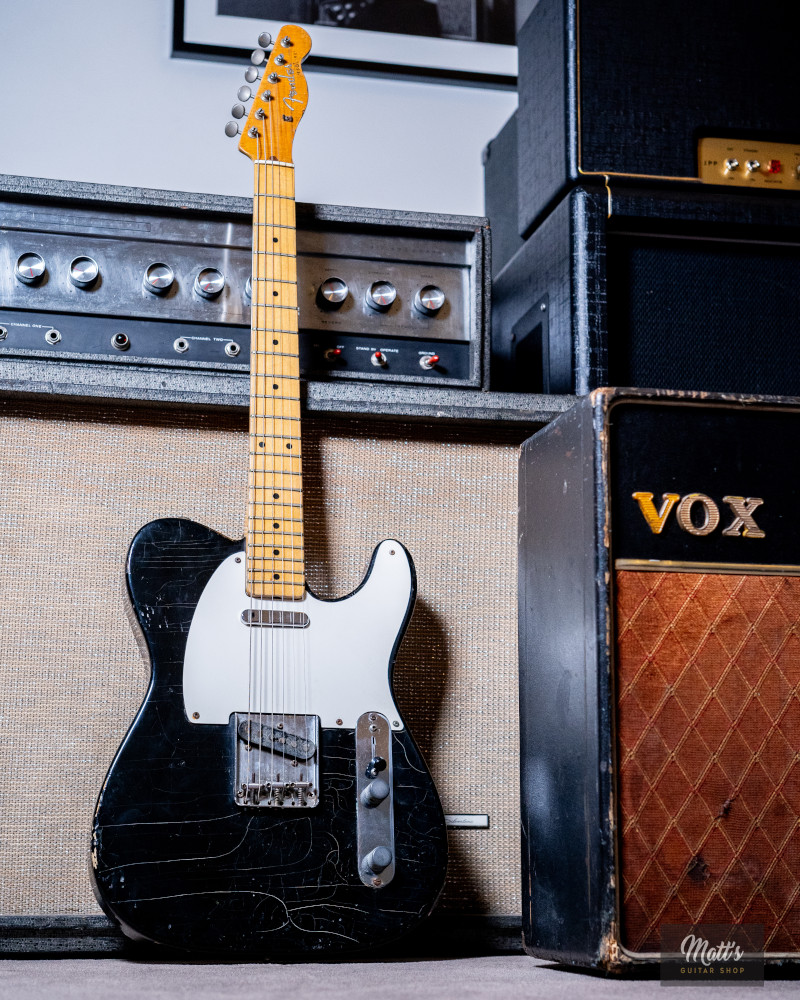



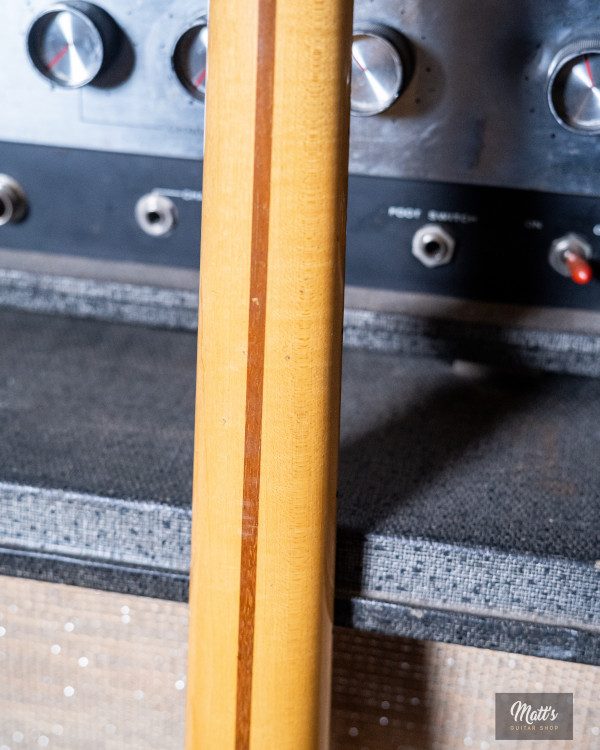
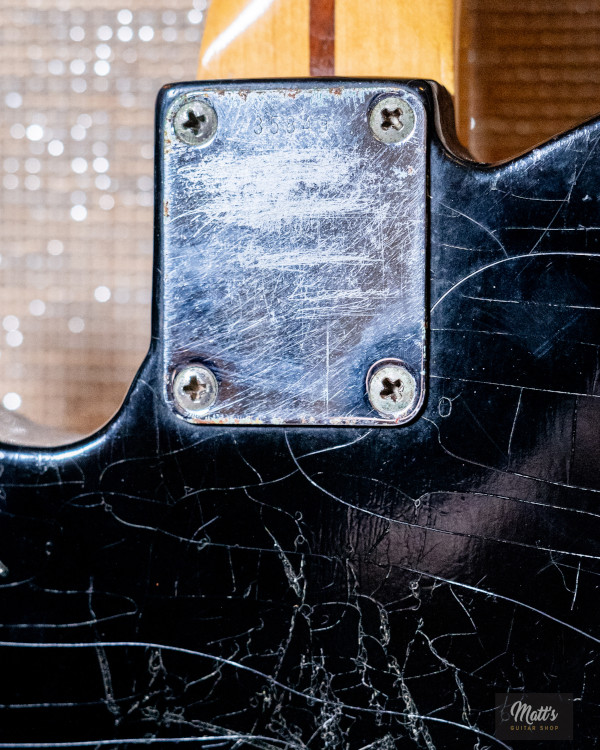
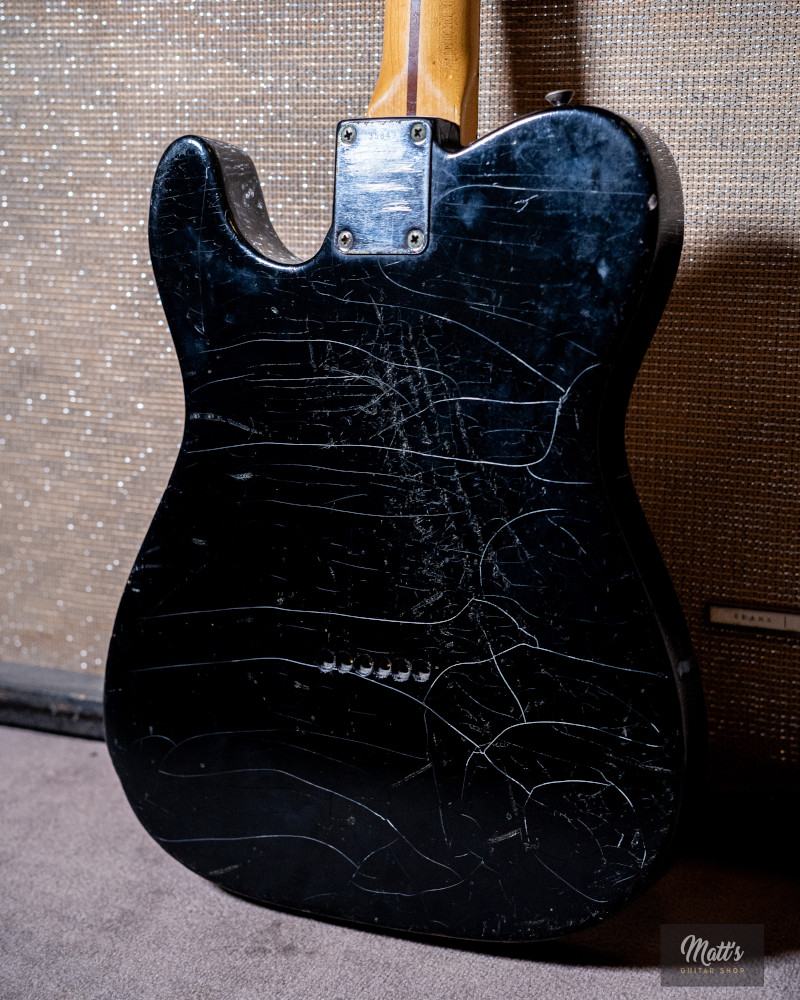
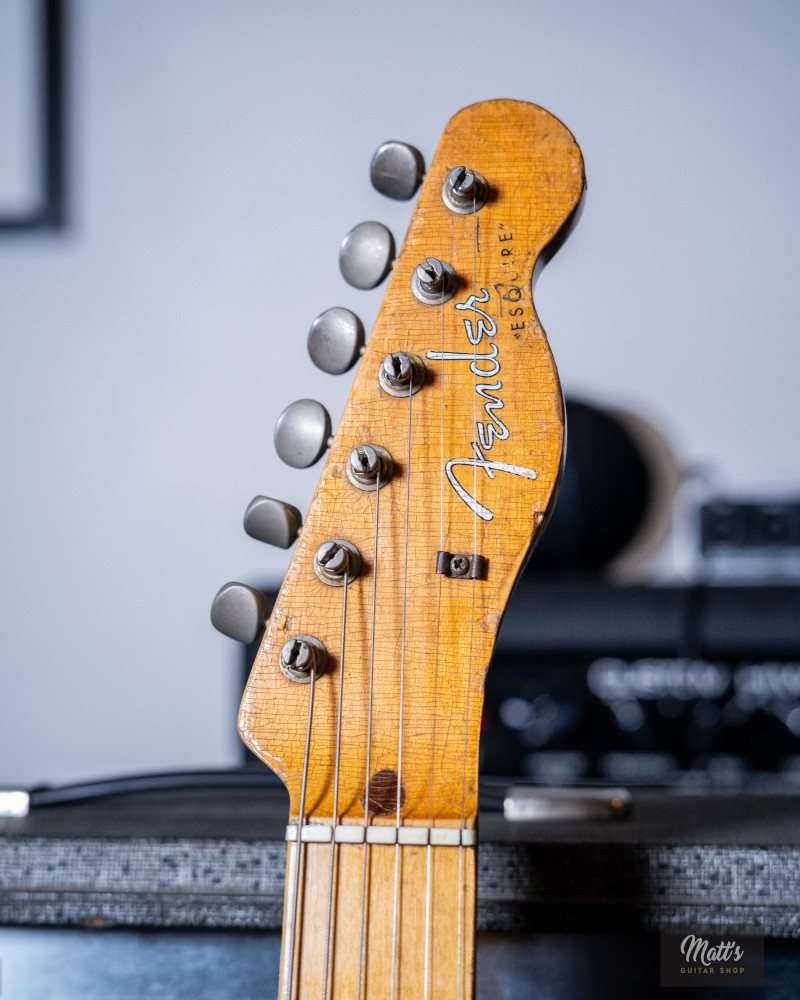
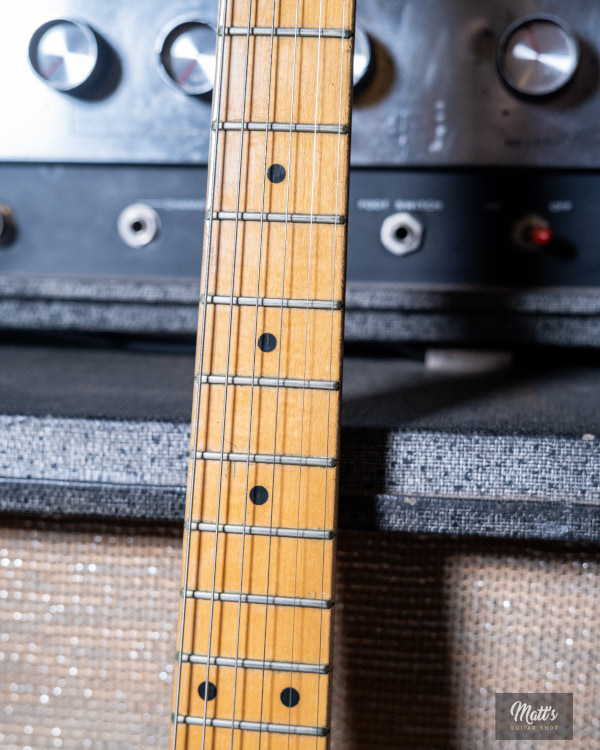

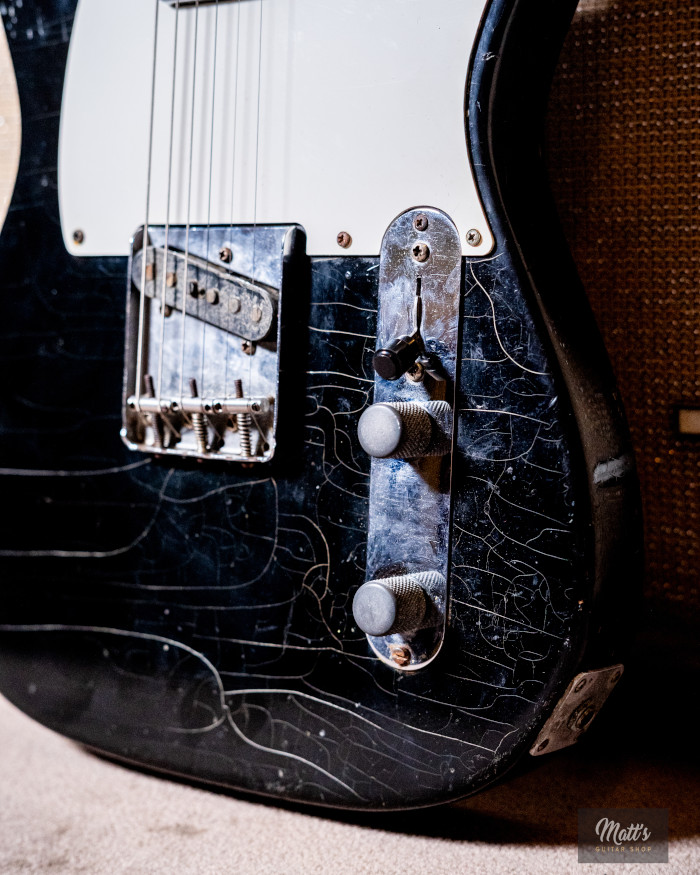




Reviews